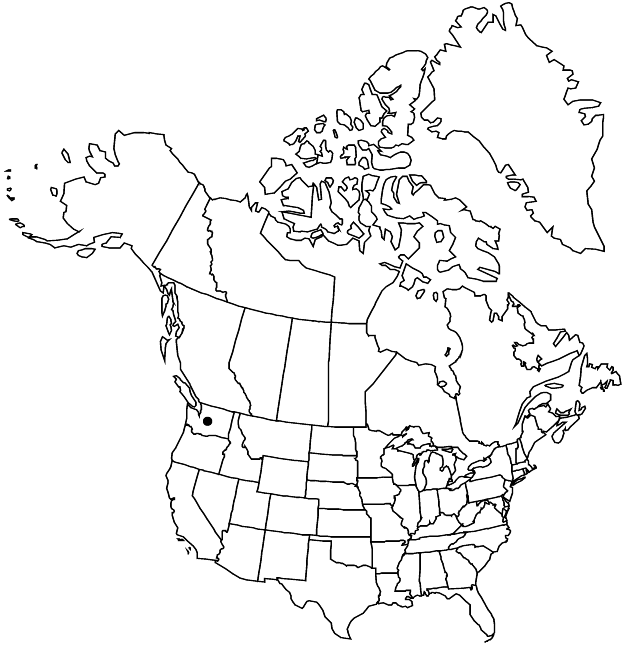Rumex hesperius
Pittonia 4: 234. 1901.
Plants perennial, glabrous, with vertical rootstock. Stems usually ascending, usually producing axillary shoots below 1st-order inflorescence or at proximal nodes, 30–50 (–60) cm. Leaf-blades light or yellowish green, veins scarcely prominent abaxially, elliptic-lanceolate, occasionally lanceolate, 6–12 × (2–) 3–6 cm, usually (2–) 3 (–5) times as long as wide, widest near middle, thin, not coriaceous, base cuneate, margins entire, undulate, apex acute, warty in appearance. Inflorescences terminal and axillary, terminal usually occupying distal 1/5–1/3 of stem, dense or interrupted near base, usually broadly paniculate (branches simple or with few 2d-order branches). Pedicels articulated in proximal 1/3, filiform (but thickened distally), 3–6 mm, not more than 2–2.5 times as long as inner tepals, articulation indistinctly swollen. Flowers 10–20 in whorls; inner tepals, triangular, broadly triangular, or deltoid, 3–4 × 3.5–4 (–5) mm, base truncate, margins entire, apex acute or subacute; tubercle 1, small, narrow, much narrower than inner tepals, smooth to weakly rugose. Achenes not seen. 2n = 20.
Phenology: Flowering late spring–early summer.
Habitat: Wet, alluvial habitats: shores, ditches
Elevation: 500-1000 m
Discussion
Rumex hesperius is a little-known species reported only from a localized area in Washington. According to N. M. Sarkar (1958) it is “quite distinct from other species” in its general appearance—a small plant with large, broad leaves and compact inflorescences.
Selected References
None.
Lower Taxa
"/2" is not declared as a valid unit of measurement for this property."+-2.5timesaslongasinnertepals" is not declared as a valid unit of measurement for this property.No values specified.
